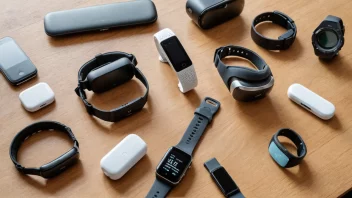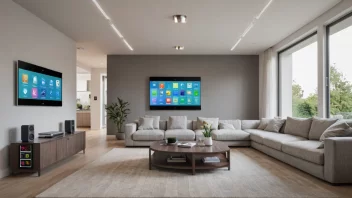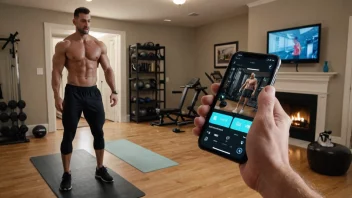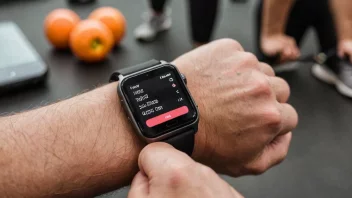As technology continues to evolve, it offers various tools that can significantly enhance your fitness journey. Setting realistic fitness goals is crucial for maintaining motivation and tracking progress effectively. With the right tech tools, you can establish achievable objectives and monitor your advancements efficiently. This article will explore how to set realistic fitness goals and utilize technology to track your progress.
Firstly, understanding the importance of setting realistic goals is essential. Unrealistic expectations can lead to frustration and burnout. Instead, focus on SMART goals—Specific, Measurable, Achievable, Relevant, and Time-bound. For instance, instead of stating, 'I want to get fit,' a SMART goal would be, 'I want to lose 10 pounds in three months by exercising three times a week and eating healthier.'
Once you have defined your goals, technology can play a pivotal role in tracking your progress. Fitness apps such as MyFitnessPal or Lose It! allow you to log your meals and exercise routines. These apps not only track your caloric intake but also provide insights based on your activities. Regularly checking your calorie balance can keep you accountable and motivated.
Wearable fitness devices like smartwatches or fitness trackers, such as Fitbit or Garmin, can also help monitor your progress. These gadgets track various metrics, including heart rate, steps taken, and calories burned. By reviewing this data, you can assess how close you are to meeting your fitness goals. Many wearables even provide reminders to move and exercise, serving as a personal coach on your wrist.
Additionally, setting up challenges with friends or utilizing social media can make your fitness journey more engaging. Apps like Strava allow you to compete with others, share achievements, and celebrate milestones together. This not only offers a sense of community but can also motivate you to push harder.
Moreover, consider using video workout platforms or apps like Peloton or Beachbody On Demand that offer guided workouts tailored to your skill level and goals. These platforms often provide feedback and allow you to track your performance over time, ensuring you stay on the right path.
Lastly, don’t forget about the importance of reflection. Regularly review your progress and adjust your goals as needed. If you find that a goal was too easy or too hard, don’t hesitate to recalibrate it. Fitness is a journey, and adapting your approach is part of the process.
In conclusion, setting realistic fitness goals and tracking your progress with technology is a surefire way to enhance your fitness journey. By utilizing apps, wearables, and social platforms, you can create a supportive and motivating environment that keeps you accountable. Remember, the key is to set SMART goals, embrace technological tools, and be flexible in your approach. With patience and perseverance, you can achieve the fitness results you desire.






